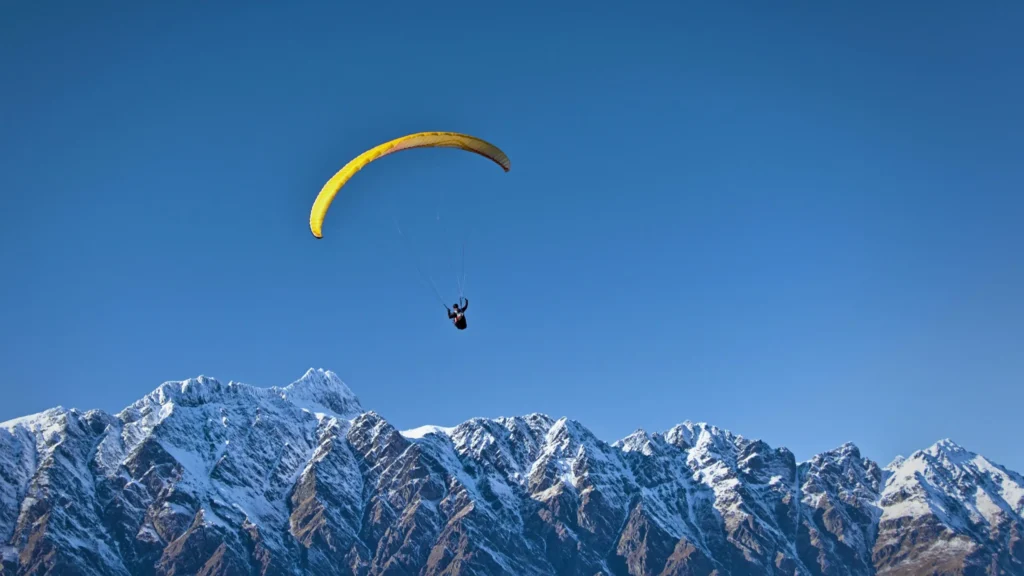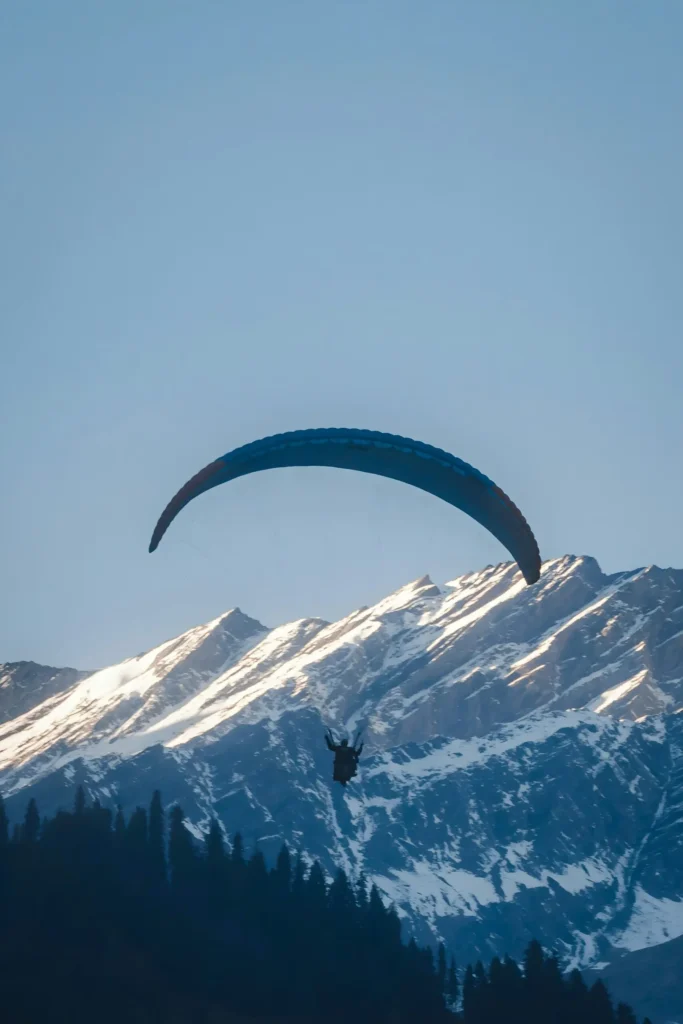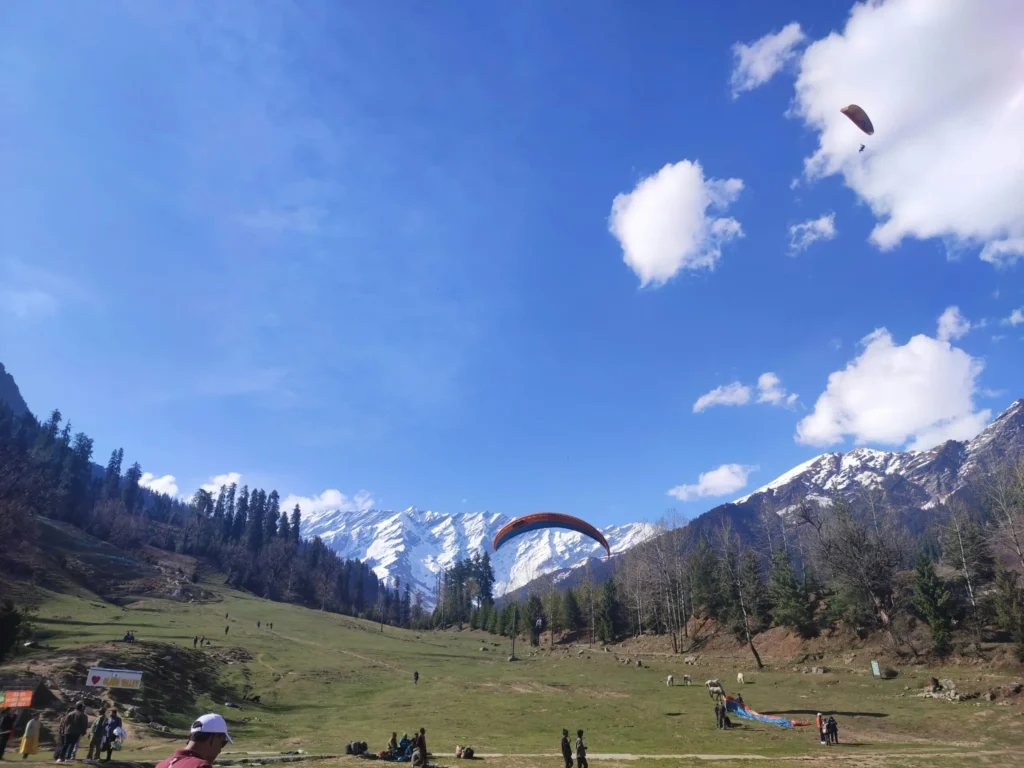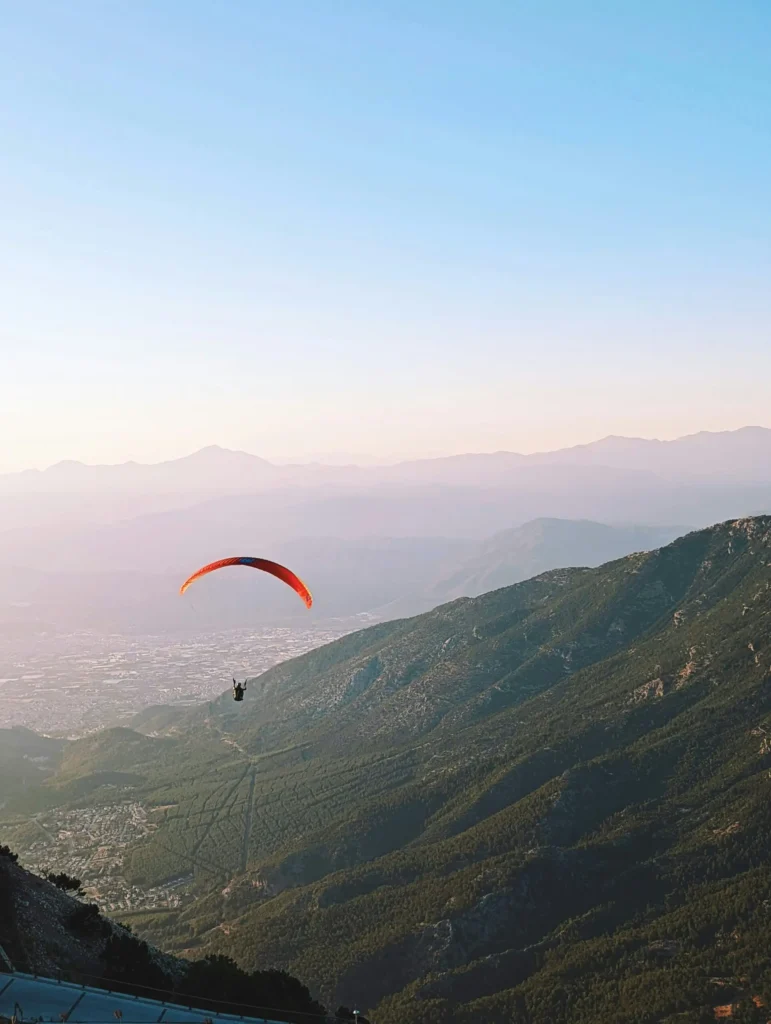Have you ever dreamed of soaring through the sky, feeling the wind beneath your wings as you glide over breathtaking landscapes? 🪂 Paragliding offers an exhilarating experience that can fulfill your wildest aviation fantasies. But with great thrills come great responsibilities. When you are in the air, safety should always come first.
Whether you’re a novice eager to take your first flight or an experienced paraglider looking to brush up on best practices, understanding the risks and how to mitigate them is crucial. Your life quite literally depends on it. In this blog post, we’ll explore five essential safety tips that will help you navigate the potential dangers of paragliding and ensure you have a safe, enjoyable experience every time you take off.
From rigorous pre-flight checks to mastering essential techniques, equipping yourself with the right gear, staying alert during flight, and prioritizing ongoing education, we’ll cover everything you need to know to minimize risks and maximize your paragliding adventures. So, strap in and get ready to elevate your safety game – your thrilling yet secure paragliding journey starts here!

Table of Contents

Pre-flight checks for maximum safety
Before you embark on your paragliding adventure, it’s crucial to perform thorough pre-flight checks. These checks are your first line of defense against potential risks and will significantly enhance your safety in the air.
A. Inspect equipment thoroughly
Your paragliding gear is your lifeline in the sky. Before each flight, meticulously examine every component:
- Canopy: Check for tears, holes, or damage to the fabric
- Lines: Inspect for fraying, tangles, or knots
- Harness: Ensure all buckles and straps are secure
- Reserve parachute: Verify it’s properly packed and attached
| Equipment | What to Check |
| Canopy | Fabric integrity, cell openings |
| Lines | Fraying, tangles, knots |
| Harness | Buckles, straps, comfort |
| Reserve | Packing, attachment |
B. Check weather conditions
Weather plays a crucial role in paragliding safety. Always:
- Check wind speed and direction
- Assess cloud cover and visibility
- Look for signs of incoming storms or turbulence
- Consider temperature and humidity
C. Assess launch site suitability
Your launch site can make or break your flight. Evaluate:
- Terrain: Is it clear of obstacles?
- Wind direction: Is it favorable for take-off?
- Landing zones: Are they easily accessible?
- Local regulations: Are you allowed to fly here?
D. Review flight plan
A well-thought-out flight plan is essential for a safe paragliding experience. Make sure you:
- Define your intended route
- Identify potential landing spots along the way
- Consider airspace restrictions
- Inform someone on the ground about your plans
By diligently following these pre-flight checks, you’re setting yourself up for a safer and more enjoyable paragliding experience. Remember, thorough preparation is key to minimizing risks and maximizing your time in the air. Now that you’ve covered the essential pre-flight checks, let’s move on to mastering the crucial paragliding techniques that will keep you safe during your flight.

Master essential paragliding techniques
Now that you’ve completed your pre-flight checks, it’s time to focus on mastering the essential paragliding techniques that will keep you safe in the air. These skills are crucial for every paraglider, from beginners to experienced pilots.
Learn proper launch procedures
Proper launch procedures are the foundation of a safe paragliding experience. You’ll need to master:
- Forward launch: Used in light wind conditions
- Reverse launch: Ideal for stronger winds
Here’s a quick comparison of the two launch techniques:
| Technique | Wind Conditions | Advantages | Challenges |
| Forward Launch | Light winds | Easier for beginners | Less control during inflation |
| Reverse Launch | Stronger winds | Better canopy control | Requires more practice |
Remember, practice makes perfect. Spend time on the ground perfecting your launch technique before attempting to fly.
Practice controlled descent methods
Once you’re in the air, you’ll need to know how to come back down safely. Three essential descent techniques you should master are:
- Big Ears: A gentle way to lose altitude by folding in the wing tips
- B-Line Stall: A more rapid descent method for intermediate pilots
- Spiral Dive: An advanced technique for fast descent in emergency situations
Understand emergency maneuvers
While you hope never to use them, knowing emergency maneuvers can save your life. Focus on learning:
- Stall recovery
- Asymmetric collapse recovery
- Full frontal collapse recovery
Practice these maneuvers at a safe altitude with an instructor before attempting them on your own. Remember, your ability to execute these techniques can make all the difference in a critical situation.
With these essential paragliding techniques under your belt, you’ll be well-prepared for a safe and enjoyable flight. Next, we’ll explore the importance of equipping yourself with the right gear to further enhance your safety in the air.

Equip Yourself with the Right Gear
Your paragliding equipment is your lifeline in the sky. Investing in high-quality, well-maintained gear is essential for minimizing risks and maximizing your safety. Here are some key considerations when choosing your paragliding equipment:
- Canopy: Select a canopy that matches your skill level and flying style. Consider factors like wingspan, aspect ratio, and glide performance.
- Harness: Choose a harness that provides comfort, support, and adjustability. Ensure it fits snugly and securely without restricting your movement.
Reserve parachute: Invest in a reliable reserve parachute that is regularly inspected and packed. This crucial safety device could save your life in an emergency situation.
- Helmet: wear a helmet that complies with safety regulations. This will protect your head in case of an unexpected landing or collision.
- Instruments: Consider essential instruments like a variometer (to measure vertical speed) and a GPS (to track your location and flight path). These tools can enhance situational awareness and help you make informed decisions during your flight.
Remember, proper maintenance of your equipment is just as important as choosing the right gear. Regularly inspect your canopy, lines, harness, and reserve parachute for any signs of wear or damage. Seek professional repairs or replacements as needed to ensure your equipment remains in top condition.
Stay Alert and Aware During Flight
Maintaining vigilance and situational awareness throughout your flight is crucial for safety. Here are some tips to stay alert and aware:
- Scan your surroundings regularly: Keep an eye out for other paragliders, obstacles, and changing weather conditions.
- Monitor your altitude and airspeed: Use your variometer and GPS to track your altitude and airspeed, ensuring you stay within safe limits.
- Be aware of wind conditions: Pay close attention to wind direction and strength, as these can significantly impact your flight path and control.
- Communicate with other pilots: If flying with others, maintain clear communication to avoid collisions and ensure everyone is aware of each other’s positions.
- Trust your instincts: If something doesn’t feel right, don’t hesitate to land or take evasive action. It’s always better to be safe than sorry.
By staying alert and aware during your flight, you’ll be better prepared to react to any potential hazards and ensure a safe and enjoyable experience.
Prioritize Ongoing Training and Education
Continuous learning and development are essential for any paraglider, regardless of experience level. Here are some ways to prioritize ongoing training and education:
- Take lessons from qualified instructors: Seek guidance from experienced paragliding instructors who can teach you proper techniques, safety protocols, and emergency procedures.
- Attend workshops and seminars: Participate in workshops and seminars to learn new skills, expand your knowledge, and stay up-to-date on the latest advancements in paragliding.
- Join a paragliding club or association: Connect with other paragliders through clubs and associations to share experiences, learn from each other, and participate in organized flights.
- Read books and articles: Immerse yourself in paragliding literature to gain theoretical knowledge and insights from experienced pilots.
- Watch instructional videos: Supplement your learning with instructional videos that demonstrate proper techniques and safety procedures.
By continuously investing in your training and education, you’ll become a more skilled and confident paraglider, better equipped to handle the challenges and risks associated with this thrilling sport.
Conclusion
Paragliding offers an unparalleled experience of freedom and exhilaration, but it’s crucial to approach this sport with respect for its inherent risks. By following these essential safety tips, you can minimize those risks and maximize your enjoyment of paragliding. Remember, safety should always be your top priority. Equip yourself with the right gear, stay alert and aware during flight, prioritize ongoing training and education, and embrace the thrill of paragliding with confidence and responsibility.
